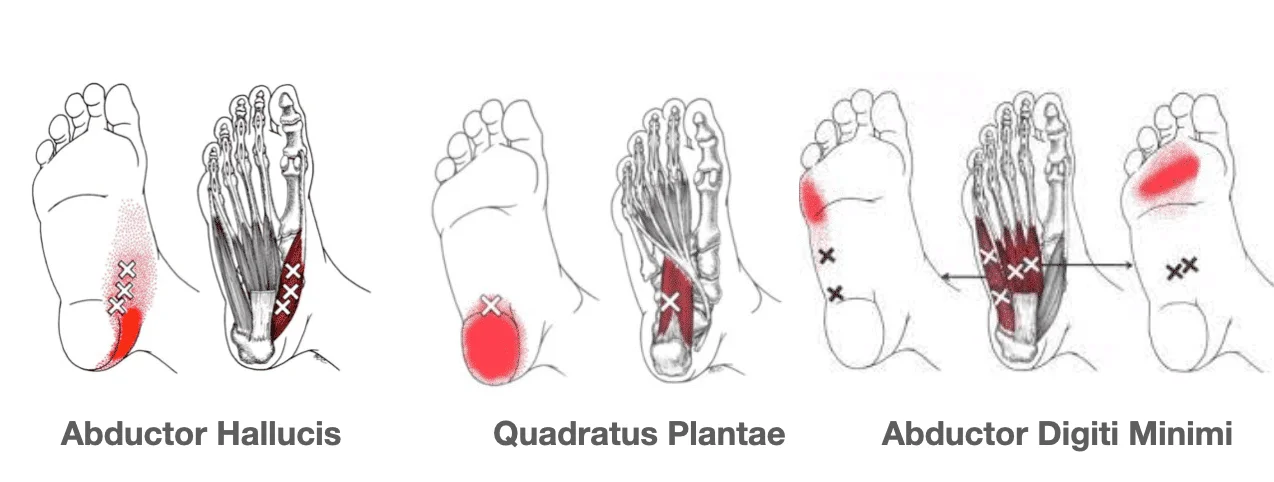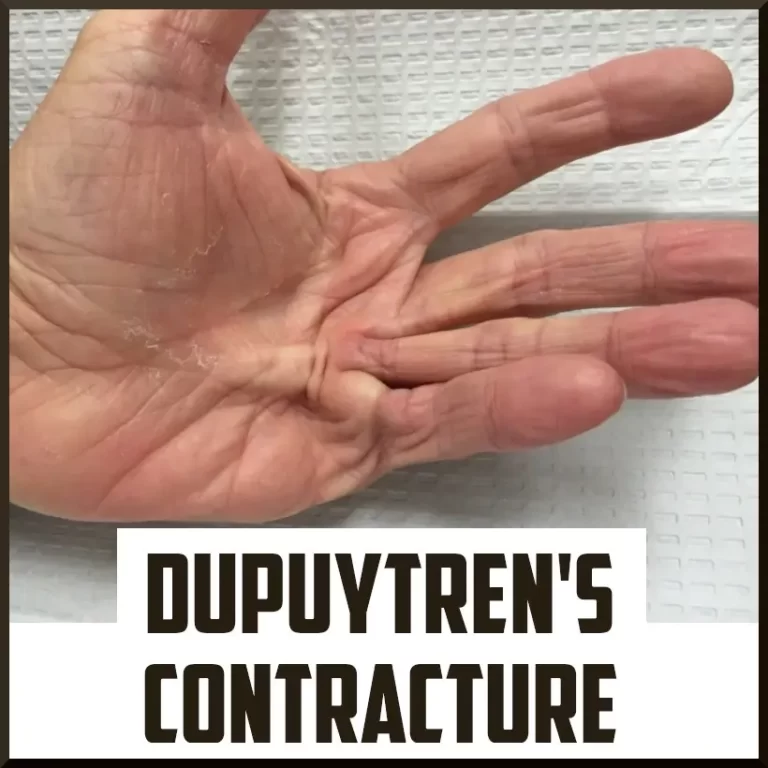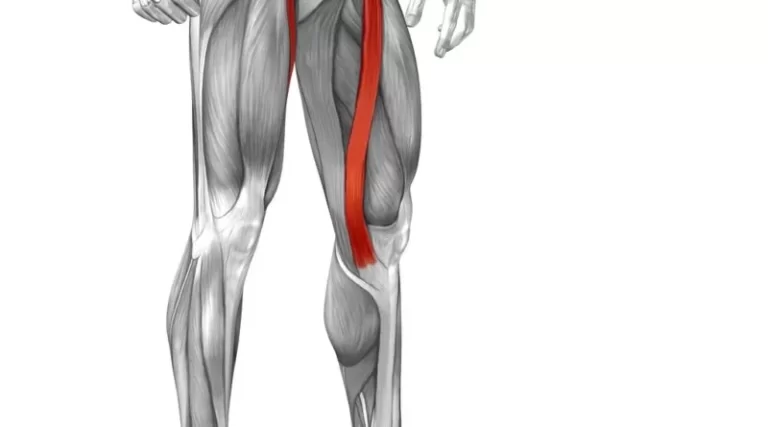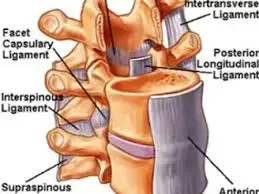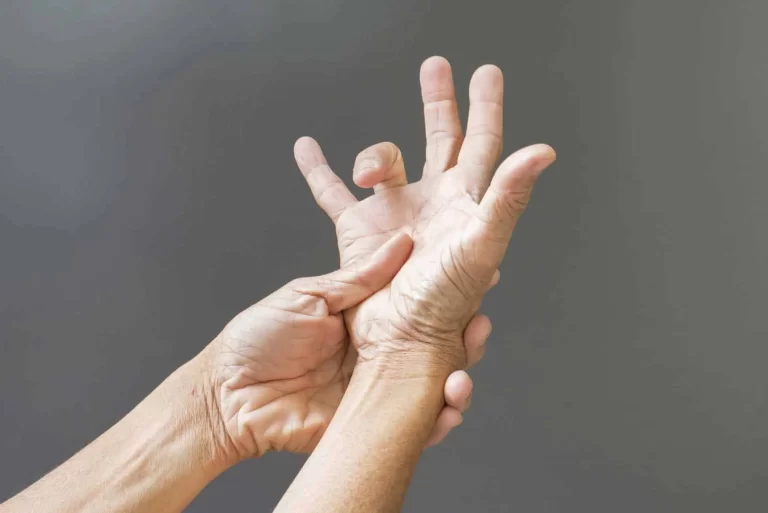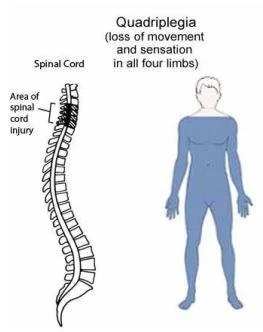Trigger Points in Foot Muscle
Trigger points in the foot muscles refer to tight, hyperirritable spots in the muscle tissue that can cause localized pain and may radiate to other areas. These points often develop due to repetitive stress, poor posture, or injury, and can be found in muscles such as the plantar fascia, flexors, and extensor muscles of the foot.
Trigger points can lead to discomfort, reduced mobility, and can even affect walking patterns if not addressed. Treatment typically involves methods like stretching, massage, or dry needling to alleviate pain and restore function.
Understanding trigger points is crucial for preventing chronic foot pain and promoting overall foot health.
Trigger point therapy: what is it?
The uncomfortable, painful areas that occasionally form in muscle tissue and send pain signals to other body regions are known as trigger points. They are frequently referred to as “muscle knots.” Tight bands of muscular tissue are also present when trigger points exist.
Manual release, massage, dry needling, acupuncture, gua sha, and even basic methods like rolling a tennis ball over the muscle are examples of therapies that try to treat trigger points.
Foot drop and foot pain brought on by back surgery, injuries, or underlying medical issues can be made worse by active trigger points. Improvements may arise from using trigger point treatment to treat them.
Muscles of the Foot:
Foot muscles that fall into two primary categories:
Extrinsic Muscles:
Larger motions like plantar flexion, dorsiflexion, inversion, and eversion are made possible by these muscles, which start in the lower thigh and insert into the foot. They are separated into three sections as well:
- The anterior compartment contains the muscles that extend the toes and aid in dorsiflexion and eversion of the foot, including the peroneus tertius, extensor digitorum longus, and extensor hallucis longus.
- Financial stability while walking and running is provided by the lateral compartment’s peroneus longus and peroneus brevis muscles, which help maintain the foot’s eversion and plantarflexion.
- The posterior compartment contains the powerful gastrocnemius, soleus, and plantaris muscles, which are primarily responsible for plantar flexion.
Intrinsic Muscles:
The finer motions of the toes, such as flexion, extension, and abduction, are controlled by these muscles, which are found inside the foot. They are separated into two categories:
- Dorsal group muscles include the extensor digitorum brevis and extensor hallucis brevis, which extend the toes.
- The muscles that comprise the plantar group and the interossei dorsal include the abductor hallucis, flexor digitorum brevis, abductor digiti minimi, quadratus plantae, lumbricals, flexor hallucis brevis, adductor hallucis, flexor digiti minimi brevis, and plantar muscles.
Referred Pain Patterns and Trigger Points:
Trigger point therapy can frequently offer both immediate and long-term relief from the extremely prevalent trigger points in the foot’s superficial muscles. We observe the following referral pain maps the most frequently:
- Medial heel discomfort that radiates down the medial edge of the foot is known as abductor hallucis.
- Flexor digitorum brevis: discomfort under the second, third, and fourth metatarsal heads in the plantar part of the foot.
- Abductor digiti minimi: discomfort under the fifth metatarsal head in the plantar part of the foot.
- The extensor digitorum brevis is responsible for a severe, oval, overlapping zone of pain (4–5 cm) on the lateral dorsum of the foot, right beyond the lateral malleolus.
Causes:
The following factors may cause trigger points in the foot muscles:
- Sports (such as swimming, walking, jogging, running, and sprinting),
- bad footwear (heels) or orthotics,
- arthritis in the toes,
- hypomobile ankles,
- toe clawing, and trauma.
Signs of Trigger Points:
- dorsal or plantar foot discomfort,
- aching whenever at relaxation and soreness whenever moving around,
- pain on the tips of the toes when bearing weight or rising for the first time after sitting,
- toe spasms,
- numbness in the patchwork foot.
Trigger point therapy of the feet benefits:
For feet, trigger point treatment can improve mobility, ease discomfort, and lower stress levels. An examination of these benefits is warranted.
Pain relief
In addition to causing and maintaining myofascial pain, active trigger points and tense bands of muscle tissue can exacerbate nerve compression, which in turn can cause or exacerbate nerve pain.
Myofascial and nerve pain may decrease as a result of treating trigger points.
Enhanced strength and mobility
Active trigger points can cause tense bands of muscle to become rigid, resulting in decreased strength and flexibility.
Treating the trigger points could relax the taut muscular bands and regain strength and mobility.
Reducing stress
Stress can be caused or exacerbated by foot pain and lack of function. Treating trigger points can help many individuals feel less stressed.
Improved circulation
Tight muscular bands and trigger points are linked to decreased circulation. In localized cells, this decreased circulation may cause metabolic abnormalities that exacerbate the illness, creating a vicious cycle. By increasing circulation, trigger point therapy may help break that pattern.
Management:
The foot’s trigger points can be extremely painful and uncomfortable.
The points that follow are ways to cope with them:
- Massage: Using your fingers or a tennis ball, gently massage the affected region.
- Stretching: To assist relieve stress in the foot muscles, stretch your calves and Achilles tendon.
- Rest: Steer clear of activities that make the trigger points worse.
- Ice: Several times a day, compress the area that is affected with ice packs for 15 to 20 minutes at a time.
- Over-the-counter pain relievers: Acetaminophen and ibuprofen are two examples of medications that can help lower inflammation and discomfort.
- Injections into trigger points: To reduce pain and inflammation, a physician may inject a corticosteroid or local anesthetic into the trigger point.
- Put on comfy shoes: Ensure that your shoes offer enough cushioning and support.
- Steer clear of prolonged sitting or standing: Take short pauses to stretch your feet and walk about.
Physiotherapy intervention:
You can learn particular stretches and exercises from a physical therapist to help control your trigger points.
They could also employ methods like electrical stimulation, massage, or ultrasound.
Crucial Methods for Self-Massaging Trigger Points:
Method of Static Pressure
A component of the static pressure technique involves applying continuous pressure to the trigger point for a long time. Tension can be released and muscle fibers relaxed as a result. To apply this method, use your thumb or a massage tool to press firmly on the trigger point for 30-60 seconds.
Method of Stripping
By exerting pressure along a muscle’s or muscle group’s length, the stripping method helps to reduce tension and enhance circulation. Move gently and deliberately along the muscle fibres while applying firm pressure with your thumb or a massage instrument.
The Cross-Fiber Friction Method
In a massage method called cross-fiber friction, pressure is applied perpendicular to the muscle fibers. Adhesions may be broken apart and the afflicted region may heal as a result. Apply firm pressure and move back and forth across the muscle fibers with your thumb or a massage tool.
The Pin and Stretch Method
The pin-and-stretch approach involves pressing on a trigger point and stretching the affected muscle. This can increase flexibility and relieve stress. This method involves gently extending the foot or toes while applying strong pressure to the trigger point.
Using Self-Massaging Equipment and Props:
The successful outcome of your trigger point therapy may be increased by including massage tools, equipment, and props in your self-massage routine. The following are some well-liked methods for treating foot trigger points:
Massage Balls
For trigger point therapy, massage balls—which are compact, firm balls—can be used to deliver precise pressure. They are made of different materials, such as foam or rubber, and come in different sizes. A massage ball may be used by placing it beneath the foot’s affected region and rolling it back and forth to create pressure.
Foam Rollers
Cylindrical foam rollers are useful tools for relieving tension and massaging greater muscle areas. You may select the one that best suits your needs because they come in a range of sizes and densities.
Roll your foot back and forth over a foam roller on the floor to provide pressure to your foot’s trigger points.
Tools for Handheld Massage
You may precisely press on the trigger points in your foot with the use of handheld massage instruments, such as trigger point therapy tools or massage sticks. You may select the tool that best meets your demands because they are available in a variety of sizes and forms. Using the tip or edge of a portable massager, apply hard pressure to the trigger point.
enhancing the muscles of the feet:
Sitting in a chair with both feet flat on the floor is known as a toe lift.Then, with those heels on the ground, raise your toes.. After five seconds of holding, bring your toes back down. Do this ten times.
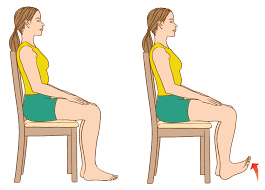
Toe curls: Position yourself in a chair and spread a towel upon the hard surface in the direction facing you. Curl your toes to grasp the bath towel and draw it in your direction. Do this ten times.

Picking up marbles: Lay a handful of the stones on the ground. Take up each stone separately on your toes and set it in a bowl.
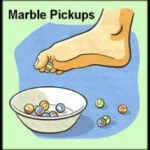
Arch lifts: To perform arch lifts, stand on a step and hang your heels off the edge. Raise and lower your heels slowly. Do this ten times.
Big toe stretch: Stretch your big toes by crossing one leg over the other while seated on a chair. Gently bring your big toe back towards your ankle by grabbing it. once you have completed 15–20 seconds of holding, release. On the opposite foot, use the same method.
Ankle circles: Point your toes towards the ceiling while seated on a chair to do ankle circles. Your ankles should move in small, circular, anticlockwise motions. Ten times in each direction, repeat.
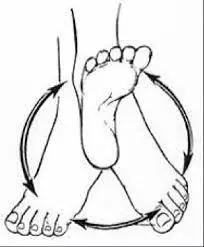
Advice for successful therapy:
The following advice will help you make the most of trigger point therapy:
- To determine which kind of trigger point treatment works best for you, try a variety of them.
- Incorporate trigger point therapy into your treatment regimen in addition to brace use, PT foot drop exercises, and nerve stimulation.
- The doctor who treated you will make known you if surgery is necessary.
- Consume a nutritious diet and stay hydrated.
- Determine the optimal pressure for trigger locations via experimenting. Although it might be different from person to person, this is usually moderate pressure—not particularly light or hard.
- Keep in mind that you should focus on the places that are associated with the pain rather than the actual locations of the discomfort.
- Regular aerobic exercise helps improve circulation throughout the body and lower inflammation.
- At any given time, observe how your posture affects muscular tension and if knots are becoming better or worse.
Conclusion
One of the most effective ways to keep your feet healthy and avoid discomfort is to recognize and treat your foot’s trigger points. You may efficiently target and release these trigger points by combining self-massage techniques with resources like foot massage trigger point maps.
You may enhance your general well-being and foot health by incorporating self-massage into your myofascial pain management regimen regularly.
FAQs
What is the process for releasing foot trigger points?
Place a golf or tennis ball on the floor, right beneath your foot. To locate an uncomfortable spot or responsive area, use the sole to roll the ball around. A little foot pressure can soften the tip. Wait three to five minutes.
Triggers on feet: what are they?
In general, too-tight shoes also limit the interossei’s range of motion.
How can trigger points be deactivated?
To deactivate trigger points, you can use your hands, tennis balls, trigger point therapists, and other equipment.
How can trigger point pain be avoided?
Five Strategies to Avoid Painful Trigger Points
Eat healthily and do frequent exercise….
Don’t tighten your muscles….
Decrease sadness, anxiety, and stress.
Give yourself a massage.
Are trigger points going to disappear?
Your trigger points will likely merely be an inconvenience and go away on their own if they are infrequent and small.
Which physician treats trigger points?
Trigger point injections can be given by a variety of medical professionals in a variety of settings. This therapy is often administered by a rheumatologist, pain management specialist, rehabilitation specialist, or general practice physician.
Are trigger points a result of anxiety?
There may be more trigger points in the muscles of people who experience stress and anxiety on a regular basis. These individuals could be more prone to clenching their muscles, according to one idea.
References
- Fomo, A. (2019, September 27). Trigger Point Therapy – Superficial Muscles of the Foot. Niel Asher Education. https://nielasher.com/en-in/blogs/video-blog/113671365-trigger-point-therapy-treating-foot-pain?srsltid=AfmBOorF95V_PCfQWsPk3u8bgL2R97xyK6ZQ9Few1rmXZVpo-Sw7lPYb
- Sauer, J. (2024, October 30). How Trigger Point Therapy Improves Foot Pain. Cadence. https://cadense.com/blogs/cadense-cares/trigger-point-therapy?srsltid=AfmBOop-Isdiy5LFj0XL3GbAHJUCVu7aHhl-fs_IbaoZiviUa5__OG5f

